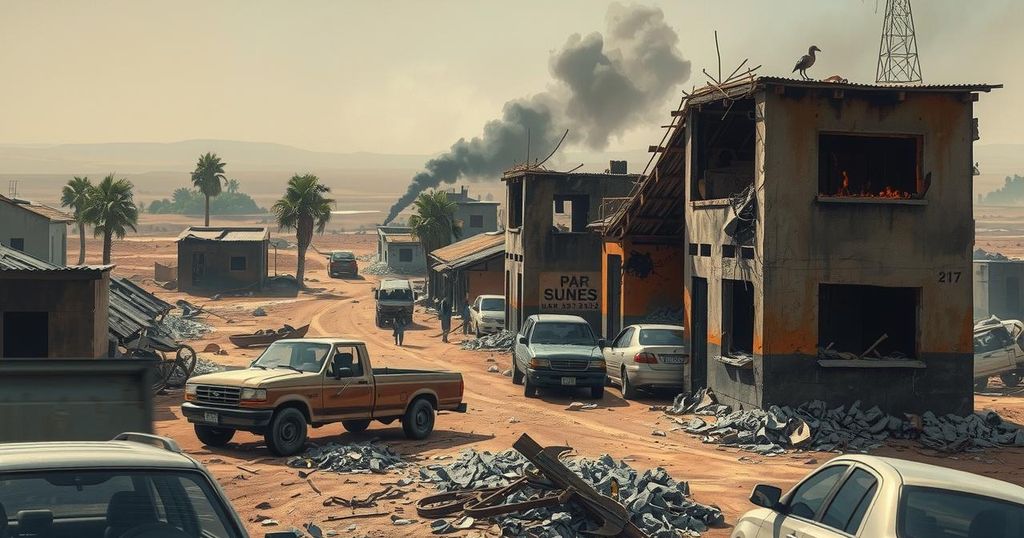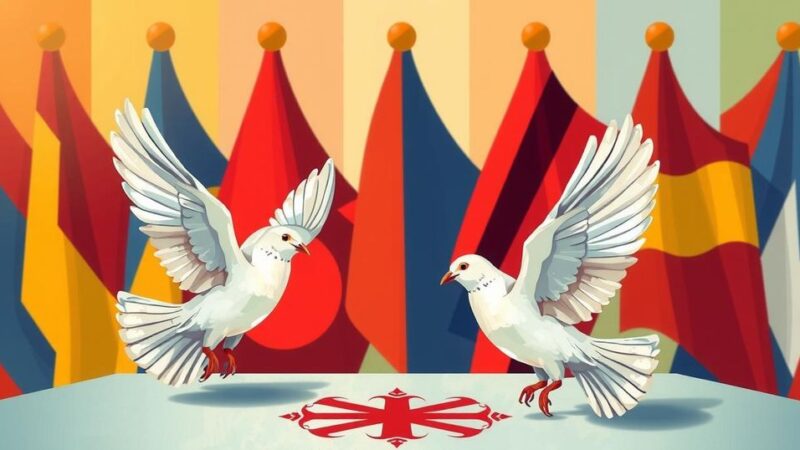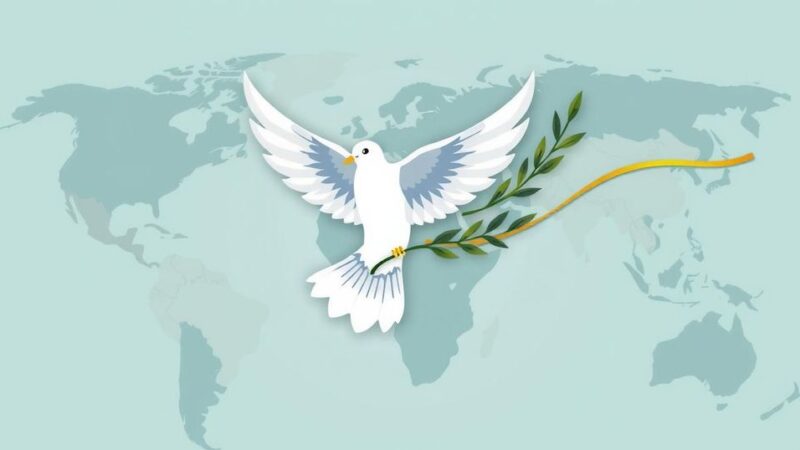- The war in Sudan started on April 15, 2023, and involves the SAF and RSF.
- The RSF originated from Janjaweed militias and gained power post-al-Bashir’s fall.
- Egypt and Saudi Arabia support the SAF due to regional stability concerns.
- The RSF receives backing from the UAE and Russia, influencing the conflict.
- The humanitarian crisis in Sudan has led to over 150,000 deaths and millions displaced.
The War Began Amidst Intense Political Turmoil
The war in Sudan has escalated significantly since the violent clashes started on April 15, 2023, involving the Sudanese Armed Forces (SAF) and the paramilitary group known as the Rapid Support Forces (RSF). These clashes have roots that dig deep into Sudan’s turbulent history, marked by civil strife and a multitude of conflicts that have shaped its society. After the fall of former President Omar al-Bashir in 2019, the country entered a transitional phase which has been characterized by uncertainty, power struggles, and the ongoing turmoil we see today.
Understanding the Power Dynamics in Sudan
The RSF, formed in 2013 from the notorious Janjaweed militias, has emerged as a powerful actor within Sudan’s political landscape. Its leader, Mohamed Hamdan Dagalo, known as Hemedti, has solidified his position by leveraging military strength and allying with various power players. Meanwhile, SAF Commander General Abdel Fattah al-Burhan also vies for control in a high-stakes game of influence that has led to violent confrontations. While the immediate reasons for these skirmishes are debated, it’s clear that control of vital military and political institutions is at the heart of the conflict.
The Role of Foreign Influence on the Conflict
The war is not just a local issue; it has drawn in numerous foreign actors, all with their strategic interests in play. Countries like Egypt and Saudi Arabia have rallied behind the SAF, driven by concerns over stability and regional power balance. On the flip side, the RSF has gained backing from others like the United Arab Emirates and Russia, further complicating the situation. This foreign involvement has not only prolonged the conflict but also fueled a humanitarian crisis that continues to worsen. Displacement in Sudan has reached alarming proportions, with millions of people suffering due to the ongoing violence and lack of access to essential services.
Pathways to Peace and Stability
Addressing the conflict in Sudan comes with substantial hurdles. The entrenched positions of both factions, fortified by international support, have established formidable obstacles to peace talks. Still, there remain potential paths toward a resolution, such as fostering inclusive dialogues that involve various societal groups, and encouraging coordinated international pressure for sanctions. Humanitarian support for displaced populations could help to build trust among the fighting parties, which would be crucial for any long-term peace initiative. These elements could pave the way for a much-needed negotiated political settlement.
Finding a Way Forward for Sudan
In summary, the war in Sudan is a complex and treacherous web of historical strife and foreign influence. The paradox of international intervention is evident; while it has prolonged the conflict, it also offers potential tools for resolution if harnessed wisely. A unified approach involving dialogue, humanitarian aid, and diplomatic pressure could do much to stabilize not just Sudan, but the wider region too. Although the journey to peace is fraught with challenges, it remains within reach.
The ongoing conflict in Sudan highlights the intricate interplay of domestic power struggles and significant foreign influence. The escalation of violence, fueled by external support, signals a dire need for comprehensive strategies aimed at peace. Through concerted diplomatic efforts and inclusive dialogue, there is hope for a more stable future not only for Sudan but for the surrounding region as well.






